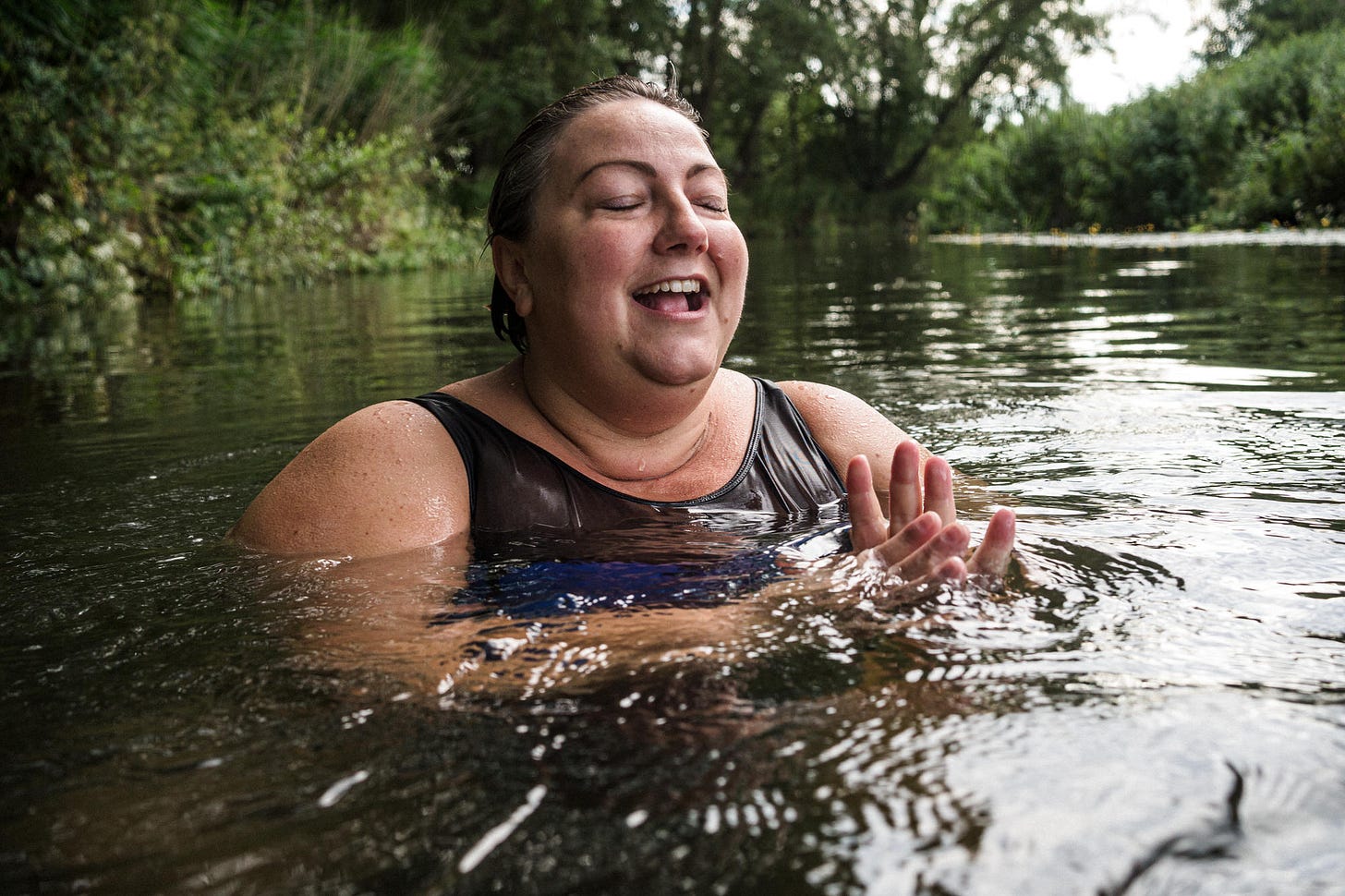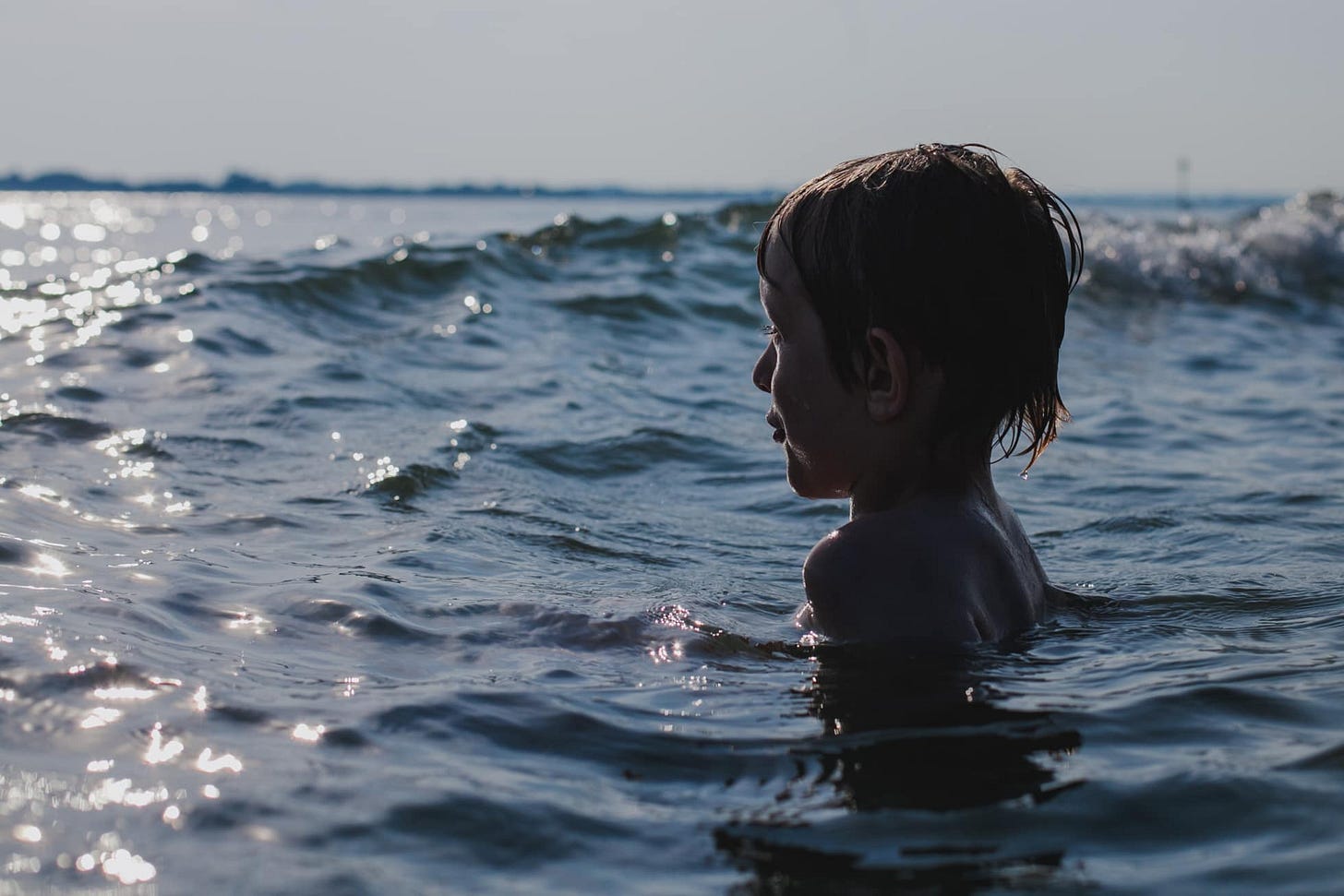Underwater (and thereabouts) photography
a practical post: equipment, settings and challenges

I love photographing in water. If all I could ever do is be in the sea/river/lake with my camera, I’d be happy to do that all day every day. It just feels like home to me.
I’ve been doing a lot of water-based photography lately, and every time I share an image, people message me asking about the equipment I use, how I go about photographing in the water - so I thought I’d put everything I know about in the water / underwater shooting in one place.
Shooting in the UK
First of all, I live in the UK, so my “in-the-water” shooting is usually limited to the summer months - or clients with their own swimming pools. But even in the summer, in many places in the UK, sea or lake water is not very clear (bar places like Cornwall or Devon in the south, or Scotland in the north) so many of my fully underwater shots have been done in other countries, like the one from Turkey, above, and Spain, below.
Because of these limitations, I’ve never felt it was justified to invest in “proper” underwater housing (that can set you off several thousands), as I just would not use it enough to get return on that investment. That means I have to make do with cheaper options, and it comes with its own set of challenges (more on that below).
In terms of where you can shoot, you can photograph pretty much anywhere “in the wild” that is public land - so seas, rivers, lakes, etc. However when it comes to photographing in most public pools or lidos (and some private open water swimming venues), you can’t do so without prior permission from the management - even if you’re photographing someone you know. This is a privacy and safeguarding issue to do with the other visitors so it’s best to ask beforehand - and be prepared to get a no (if you’re in the USA or another non-EU country it may well be different for you).

Equipment you need
I took my first images around the water by simply wading knee-deep with my camera and watching out for the waves (gasp, shock-horror - obviously don’t do that). That was very limiting, of course, so I looked into other affordable solutions and landed on using an underwater bag with my DSLR/mirrorless camera.



